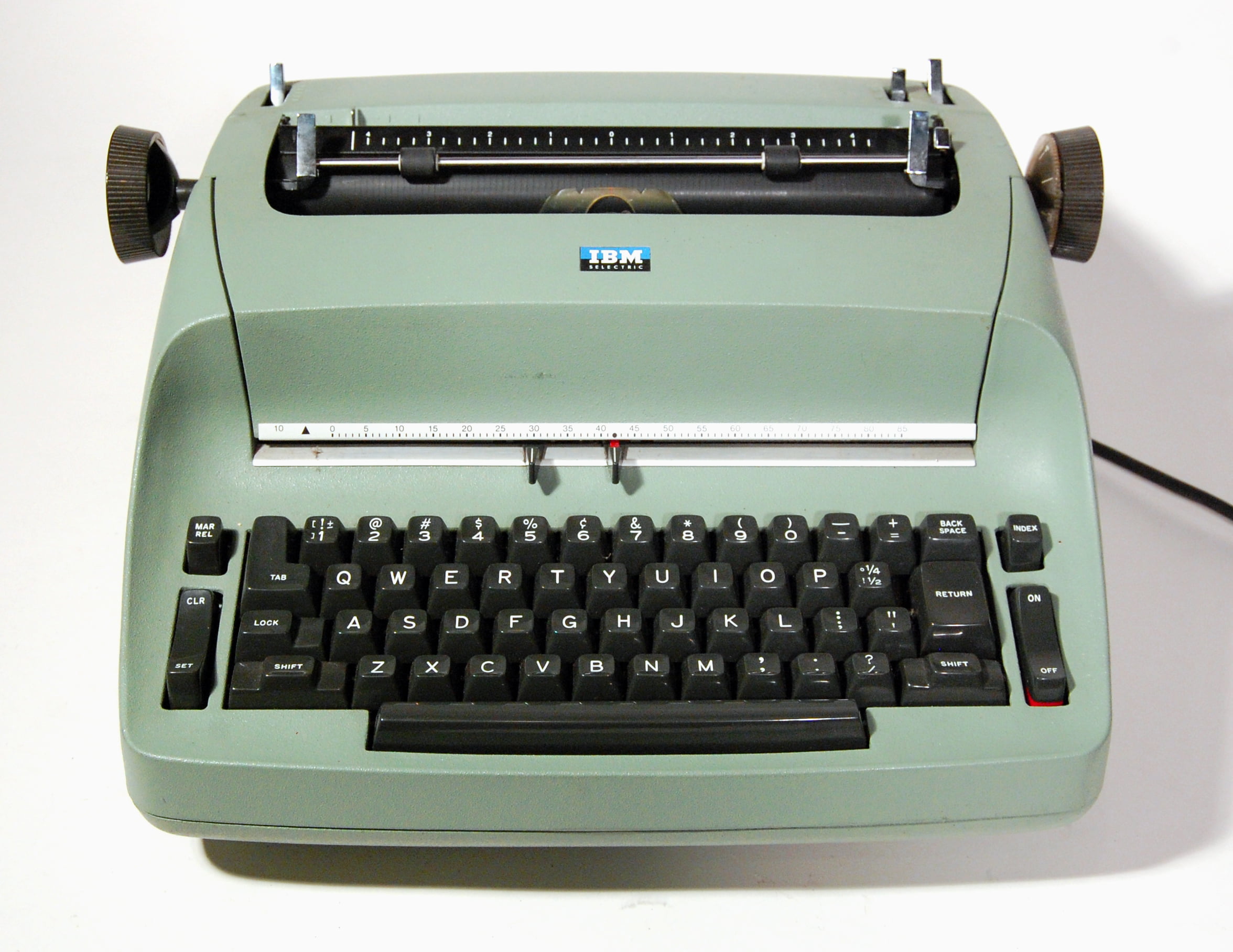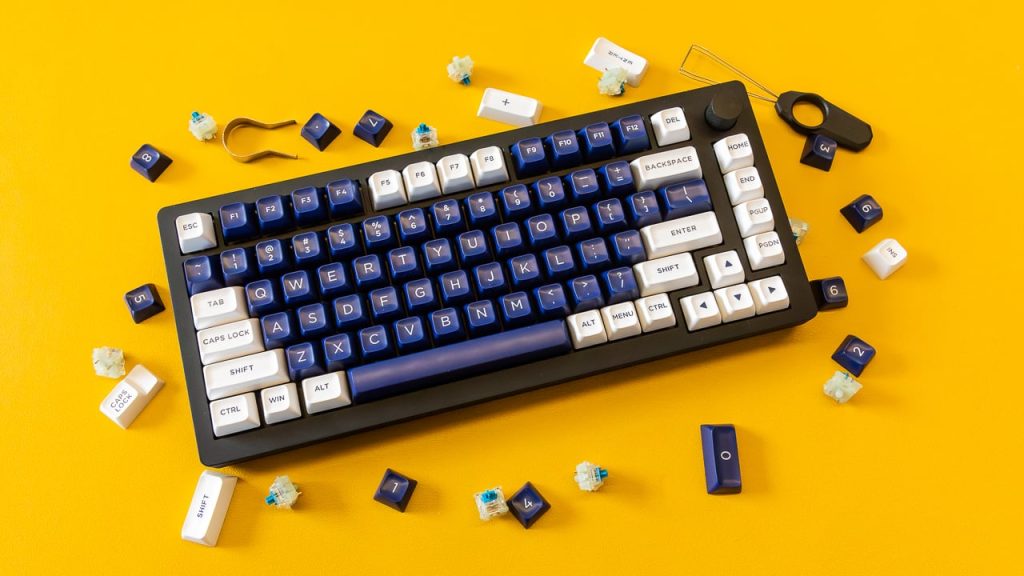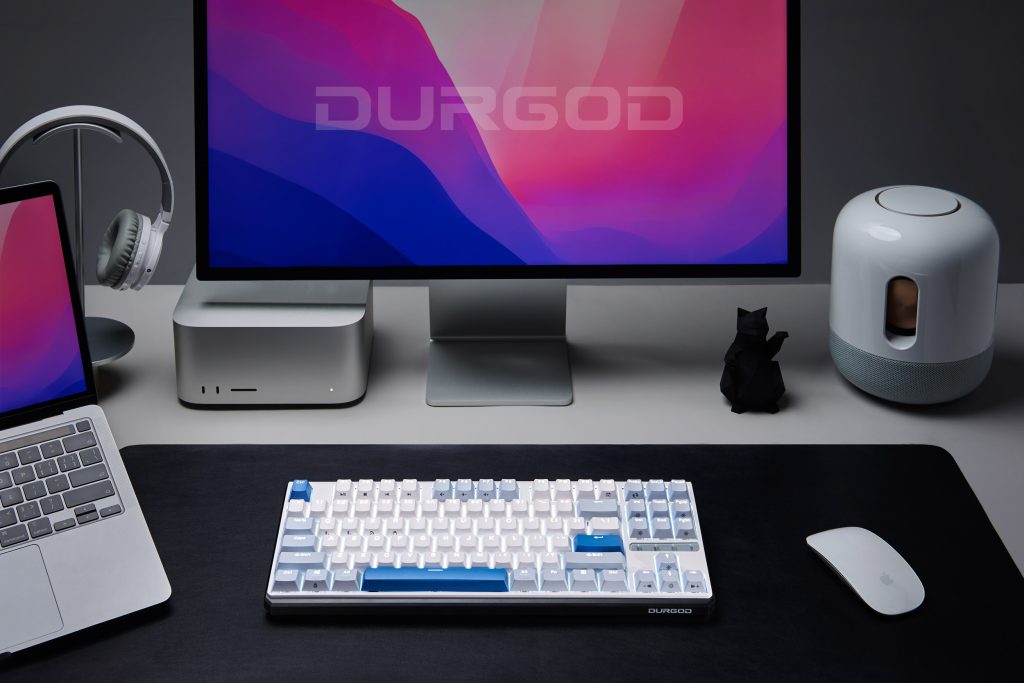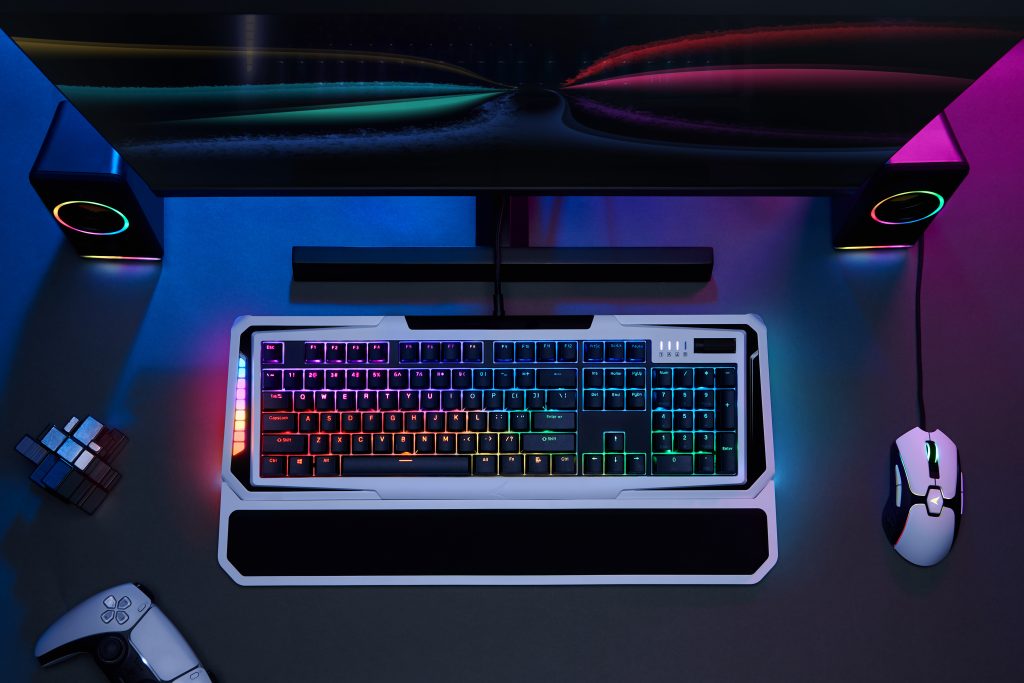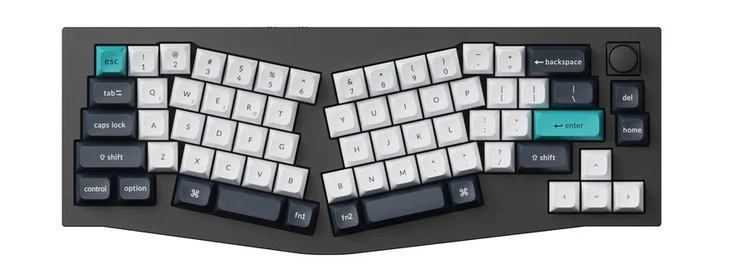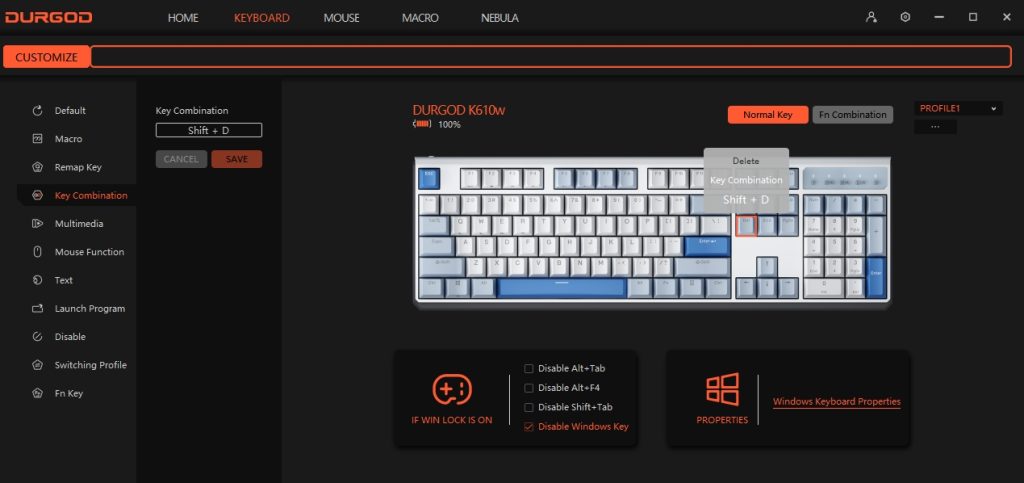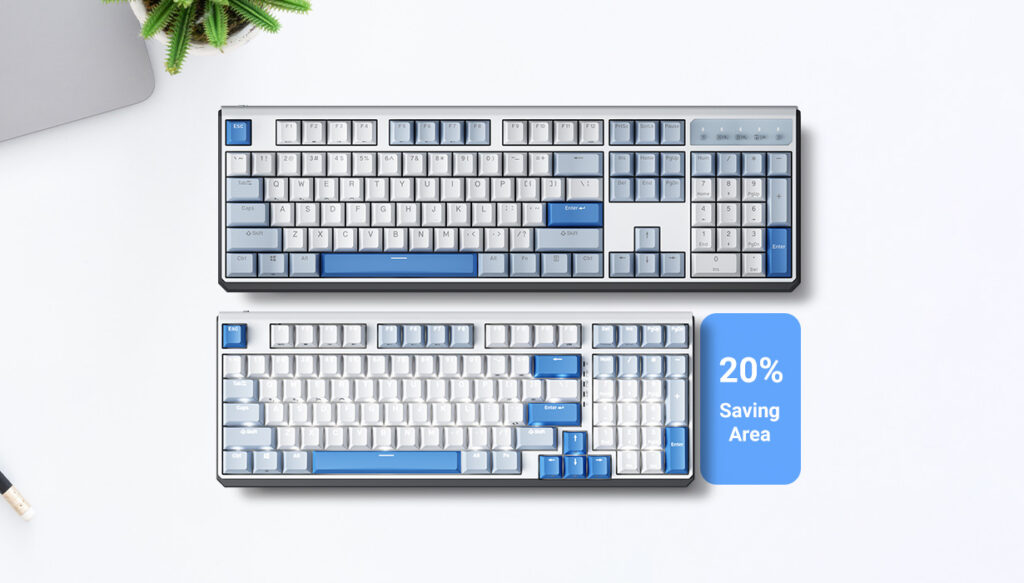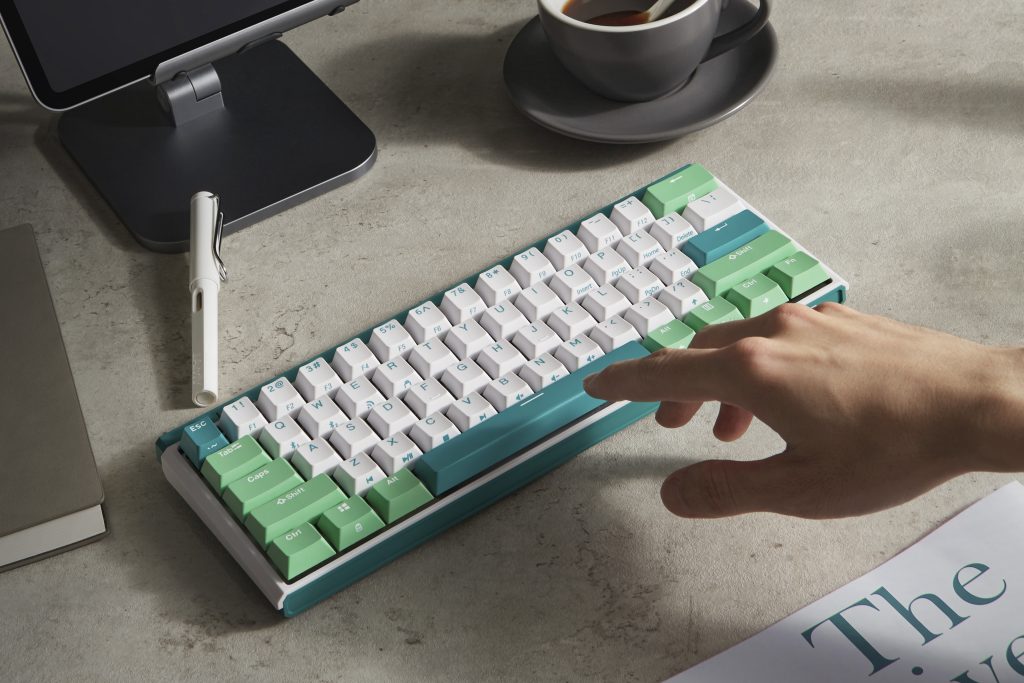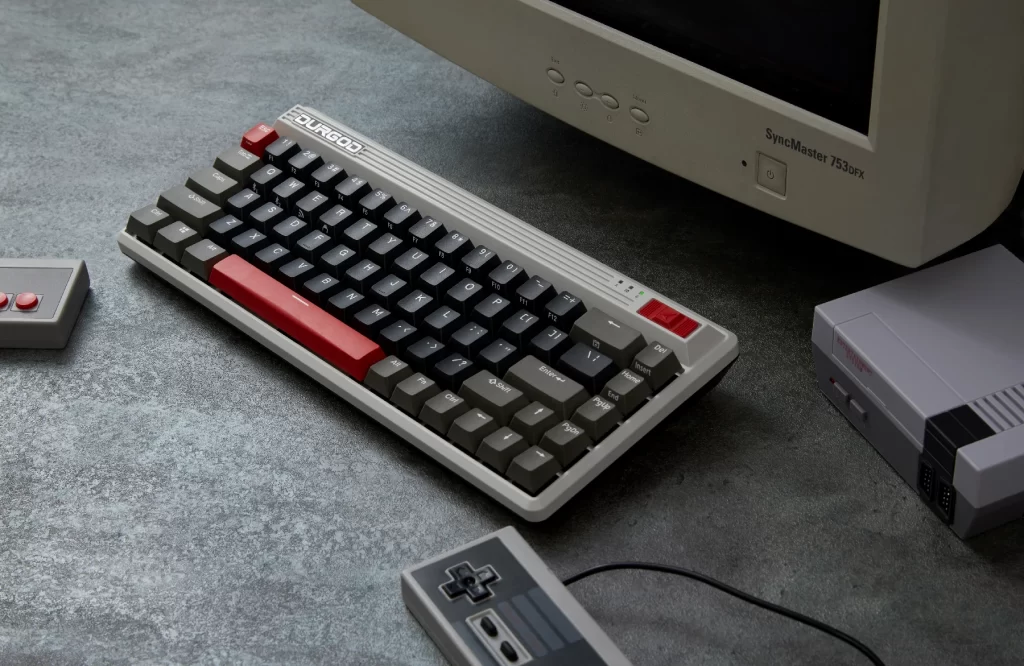The IBM Selectric typewriter unveiled in 1961, marks a significant milestone in typewriting and office equipment history. Its introduction and the models that followed profoundly transformed typing and document production processes. The IBM Selectric also marks a milestone in mechanical keyboards.
Invention History and Inventors
- Development: A team at IBM, with notable input from designer Eliot Noyes, engineered the IBM Selectric. Their efforts resulted in a typewriter that stood out for its aesthetic and functional design.
- Concept: The Selectric’s breakthrough was replacing the traditional typebars and carriage with a rotating typeball. This breakthrough eliminates common issues like jamming and misalignment prevalent in previous typewriters.
Models
- Selectric I (1961): The debut model featured a distinctive, curved design and was available in a variety of colors.
- Selectric II (1971): This version offered a dual-pitch option and compatibility with both “Golf ball” and “Typeball” elements.

IBM Selectric II
- Selectric III (1980): The third iteration introduced a 96-character element, correction features, and additional typestyles.

IBM Selectric III
Mechanism
- Typeball: The Selectric utilized a spherical typeball that rotated and pivoted into position for each keystroke, enabling faster, more reliable typing.
- Key Action: Pressing a key caused the typeball to rotate and tilt to the correct letter, a mechanism that significantly reduced jamming.
- Electric Motor: An electric motor powered the typewriter, facilitating the movement of the typeball and other functions.
Type Elements
- Interchangeable Typeballs: A hallmark of the Selectric was its interchangeable typeballs, allowing users to easily switch fonts, languages, and character sets.
- Character Variety: Each typeball contained a full set of characters, making the Selectric a versatile tool for various typing needs.
Influence
- On Typing and Office Work: The Selectric revolutionized office tasks by enhancing typing speed, reducing errors, and simplifying the correction process. It was quieter and more dependable than its predecessors.
- On Computing: The mechanism of the Selectric laid the groundwork for early computer input devices and printers, making it a precursor to modern computing interfaces.
- Cultural Impact: Its iconic design became a symbol of office modernity, influencing the aesthetic of office equipment for years to come.
Later Developments
- Towards Electronic Typewriters and Word Processors: IBM’s ongoing innovation led to electronic typewriters and early word processors, paving the way for today’s word-processing software and computer printers.
The IBM Selectric’s blend of mechanical ingenuity, versatility, and design excellence not only achieved commercial success. But also established it as a crucial development in the history of typing and document creation, influencing the design and function of contemporary mechanical keyboards.
For more knowledge of mechanical keyboards, visit DURGOD.



